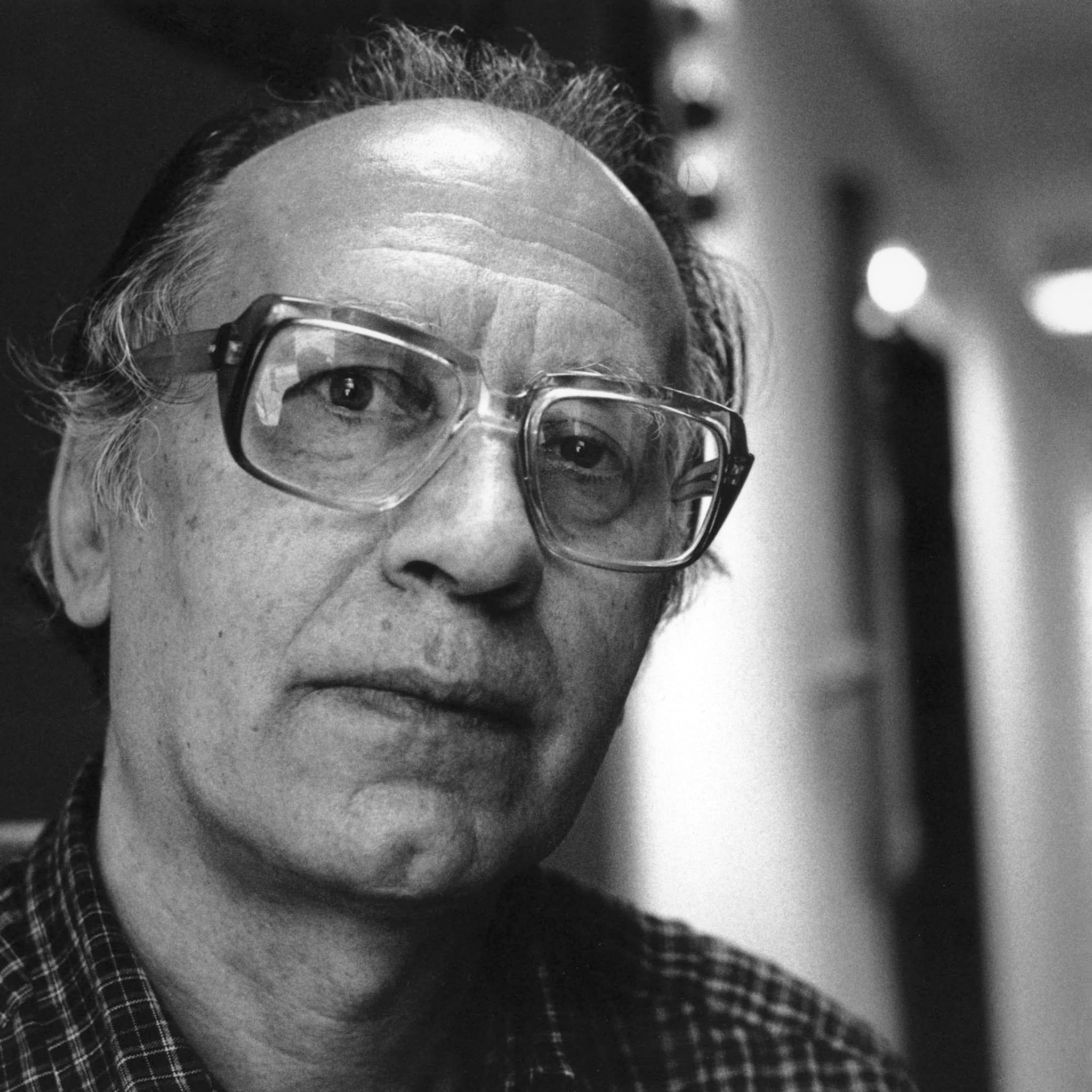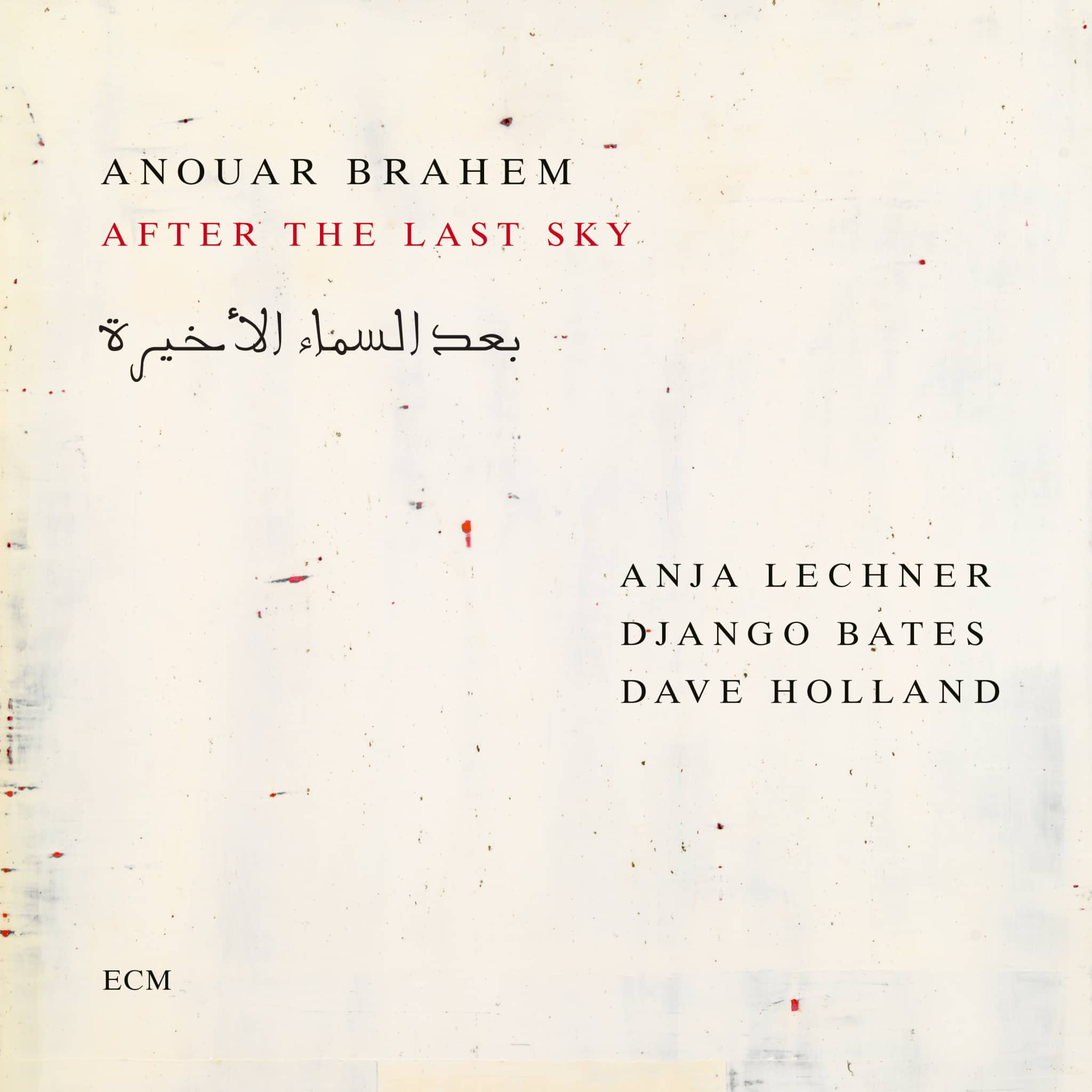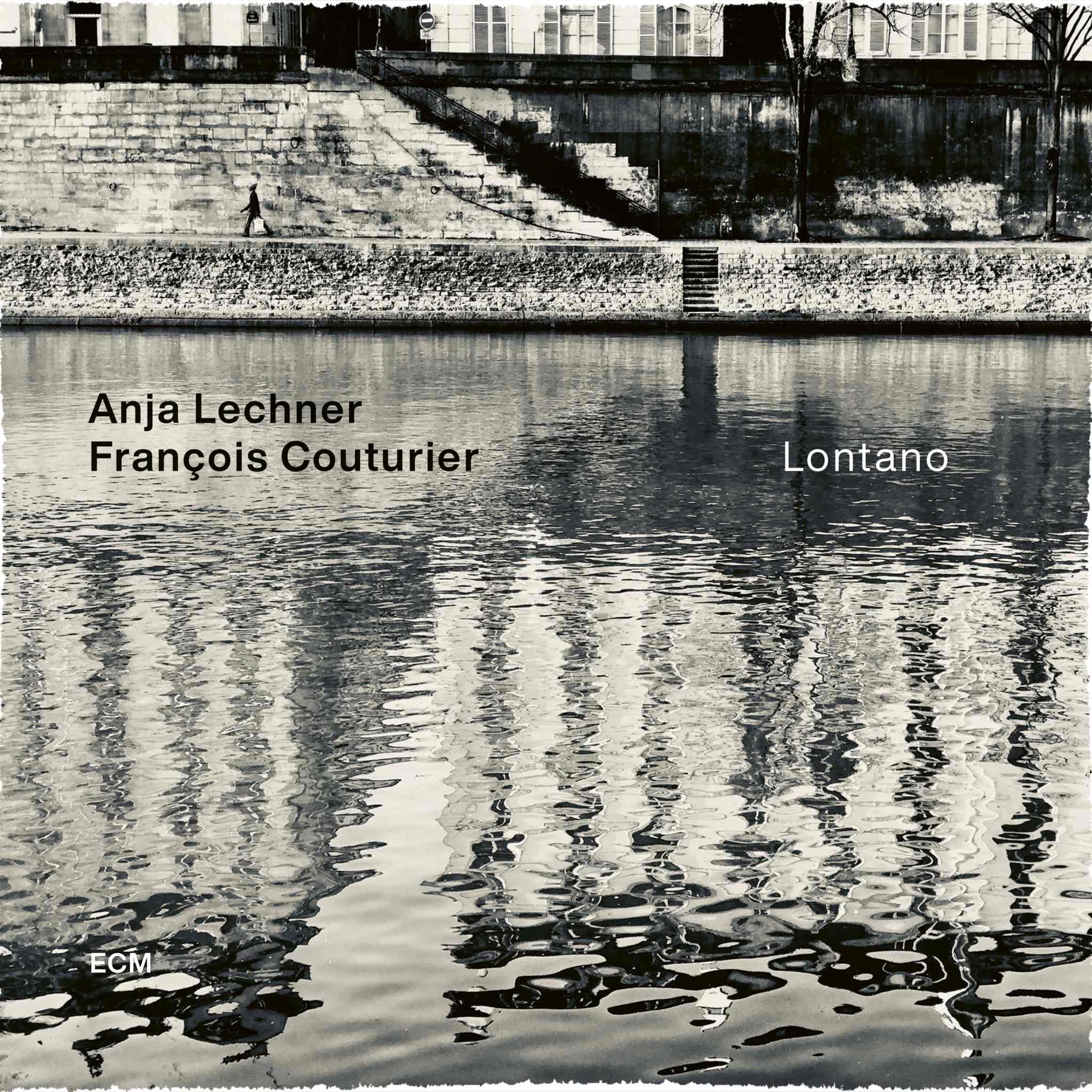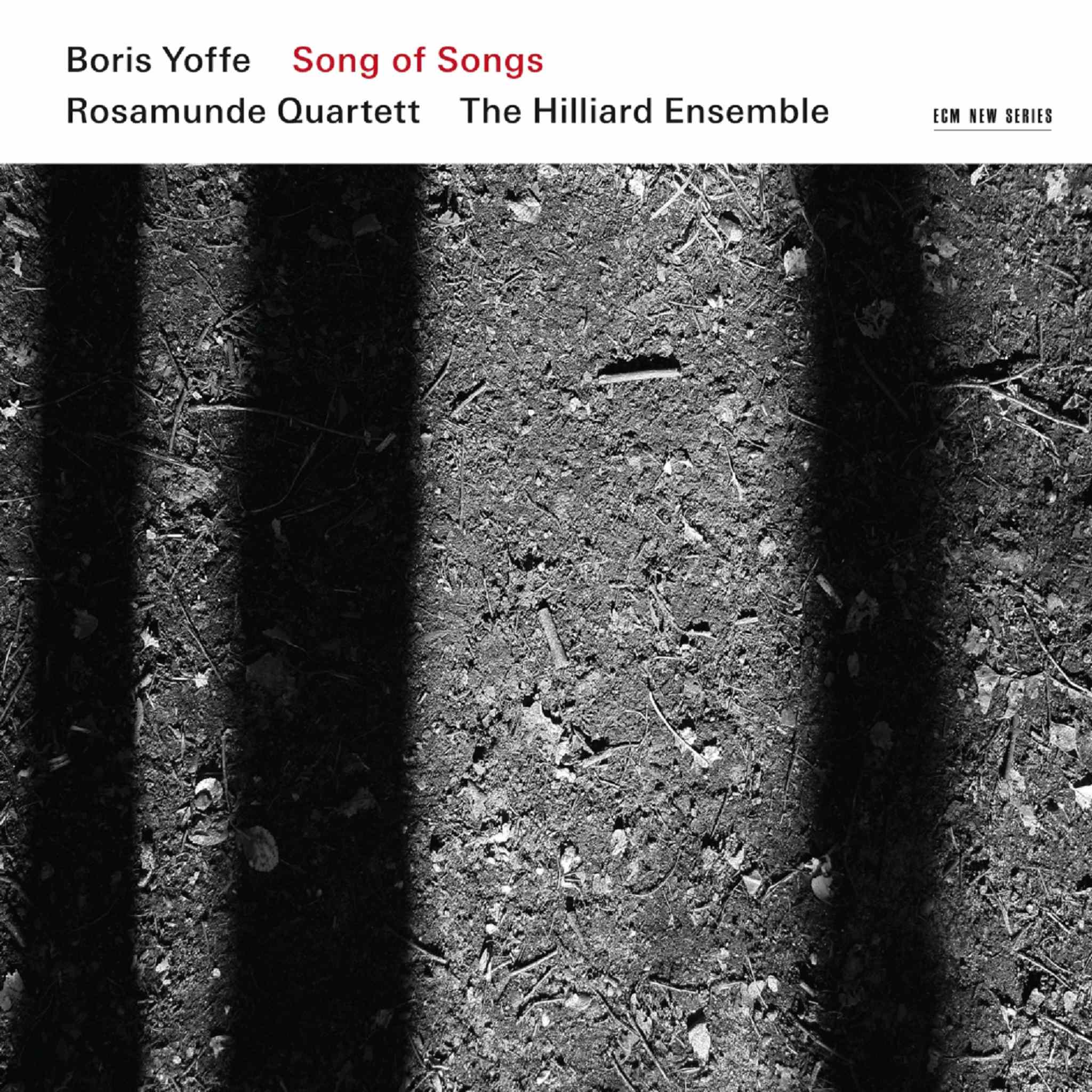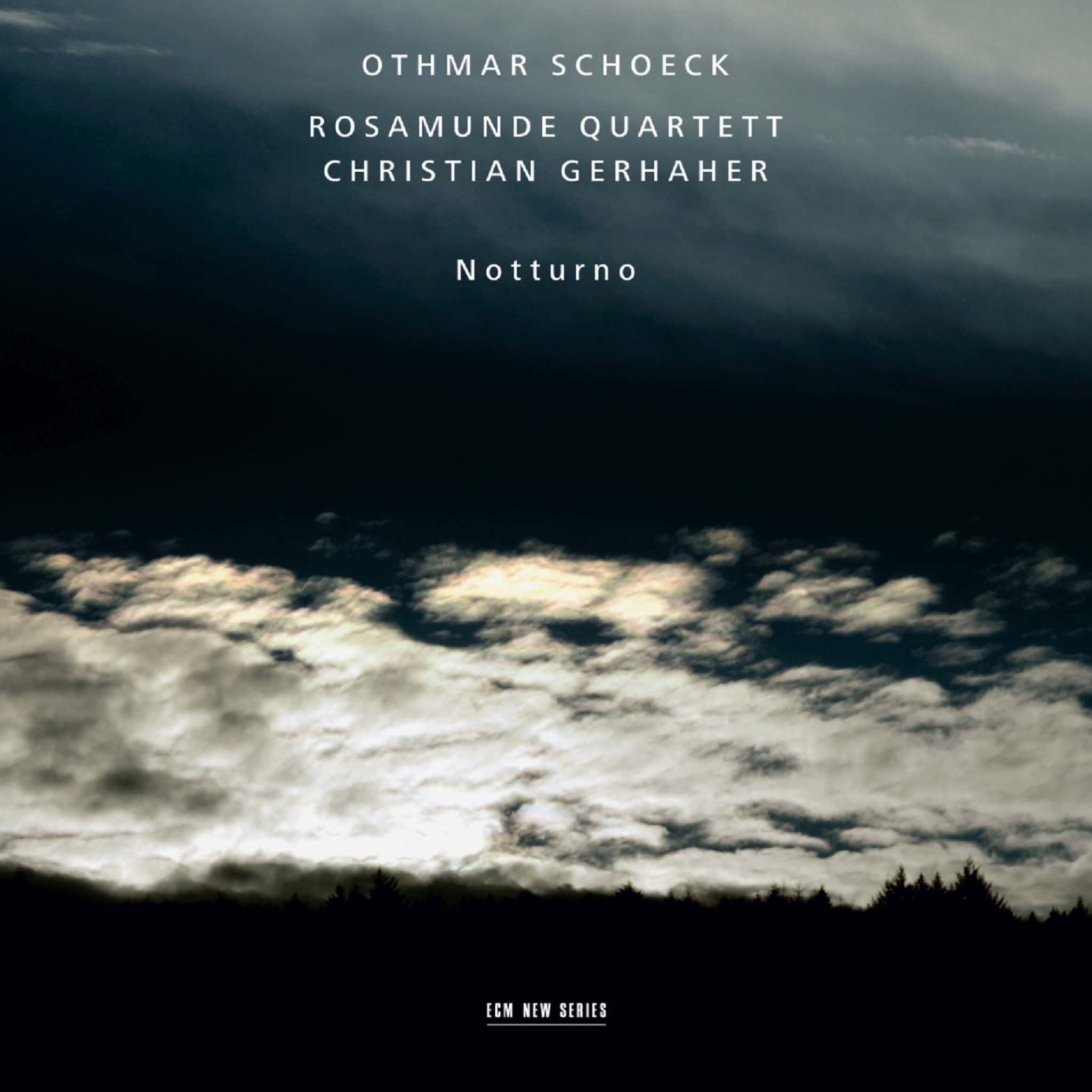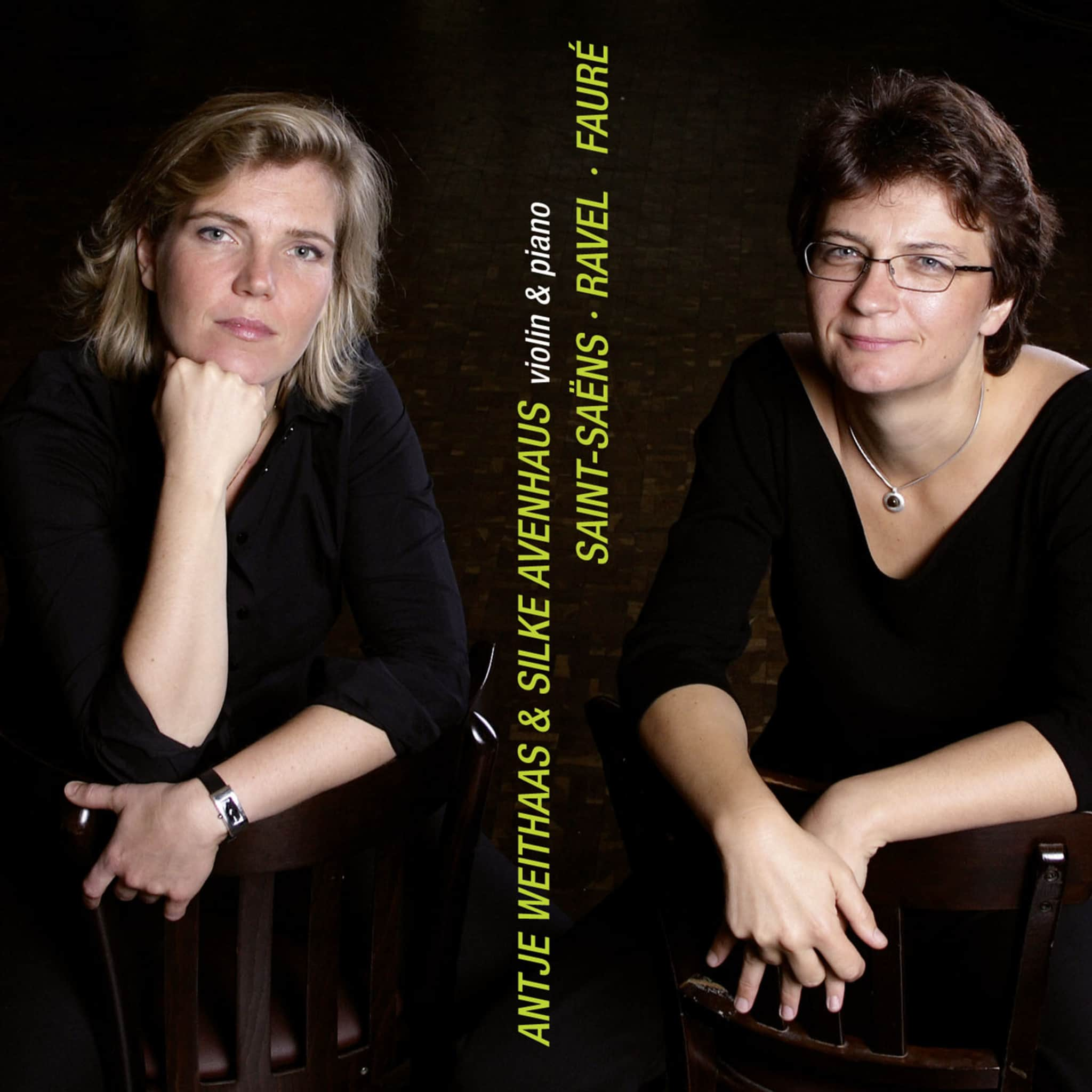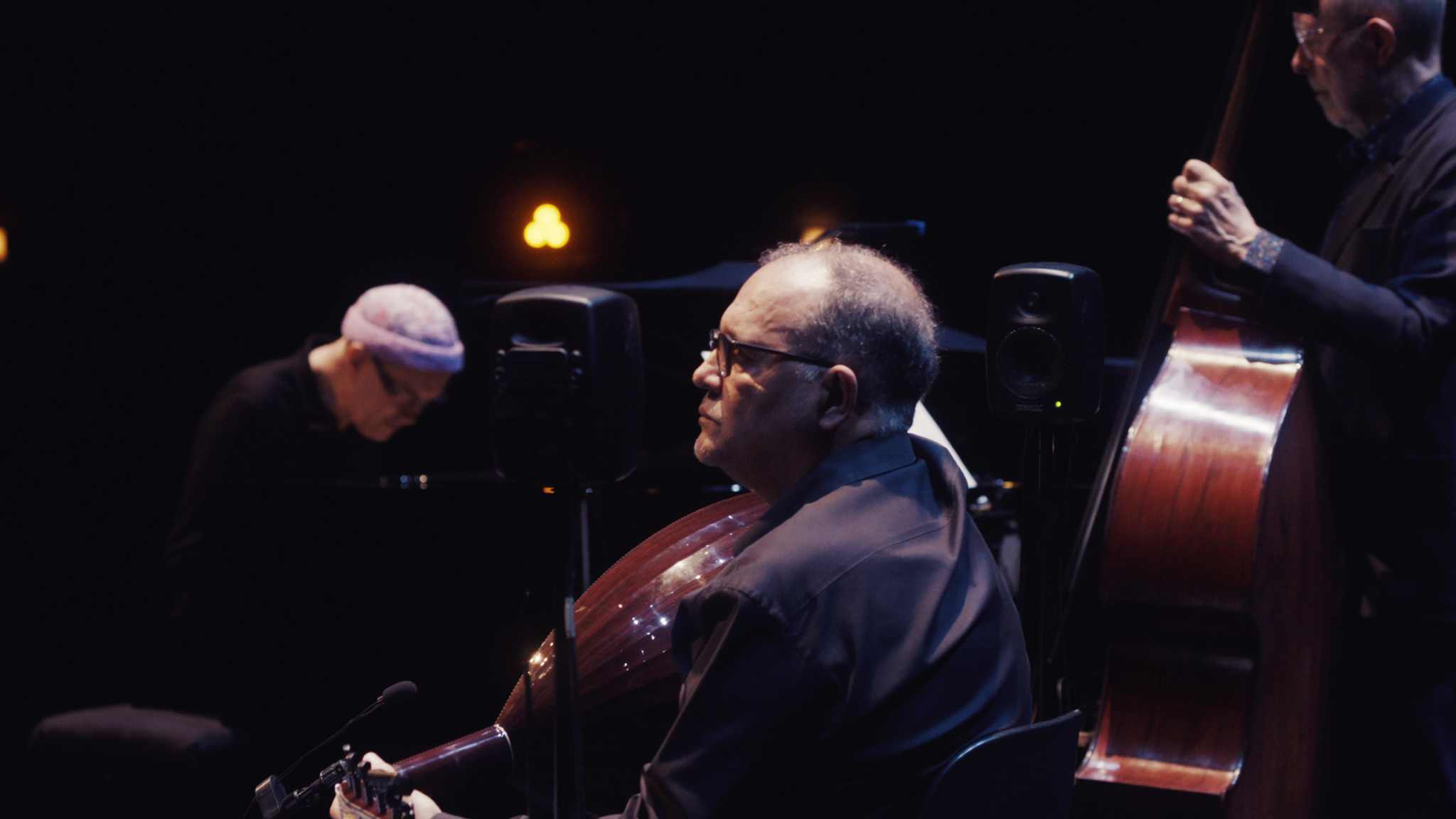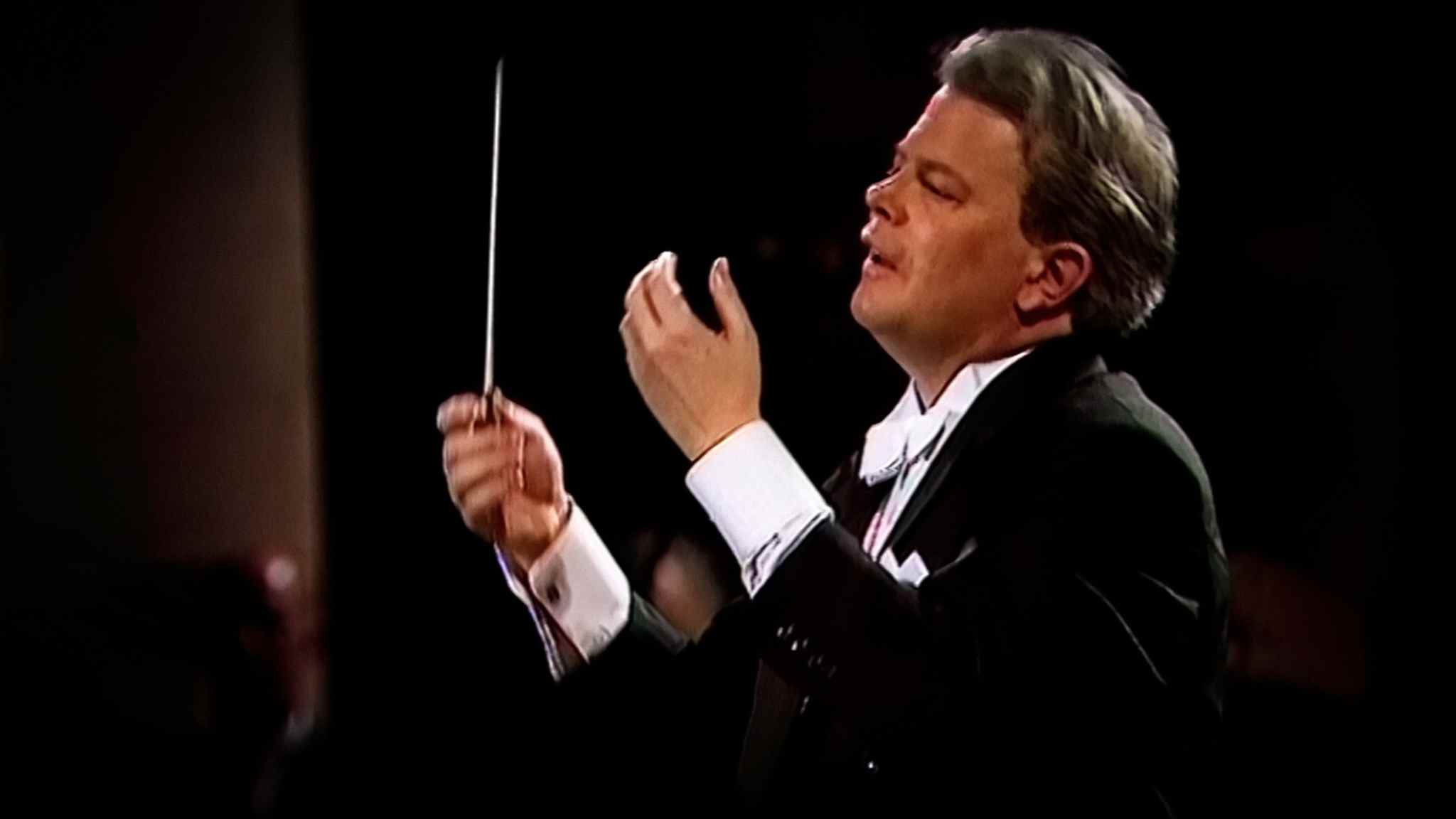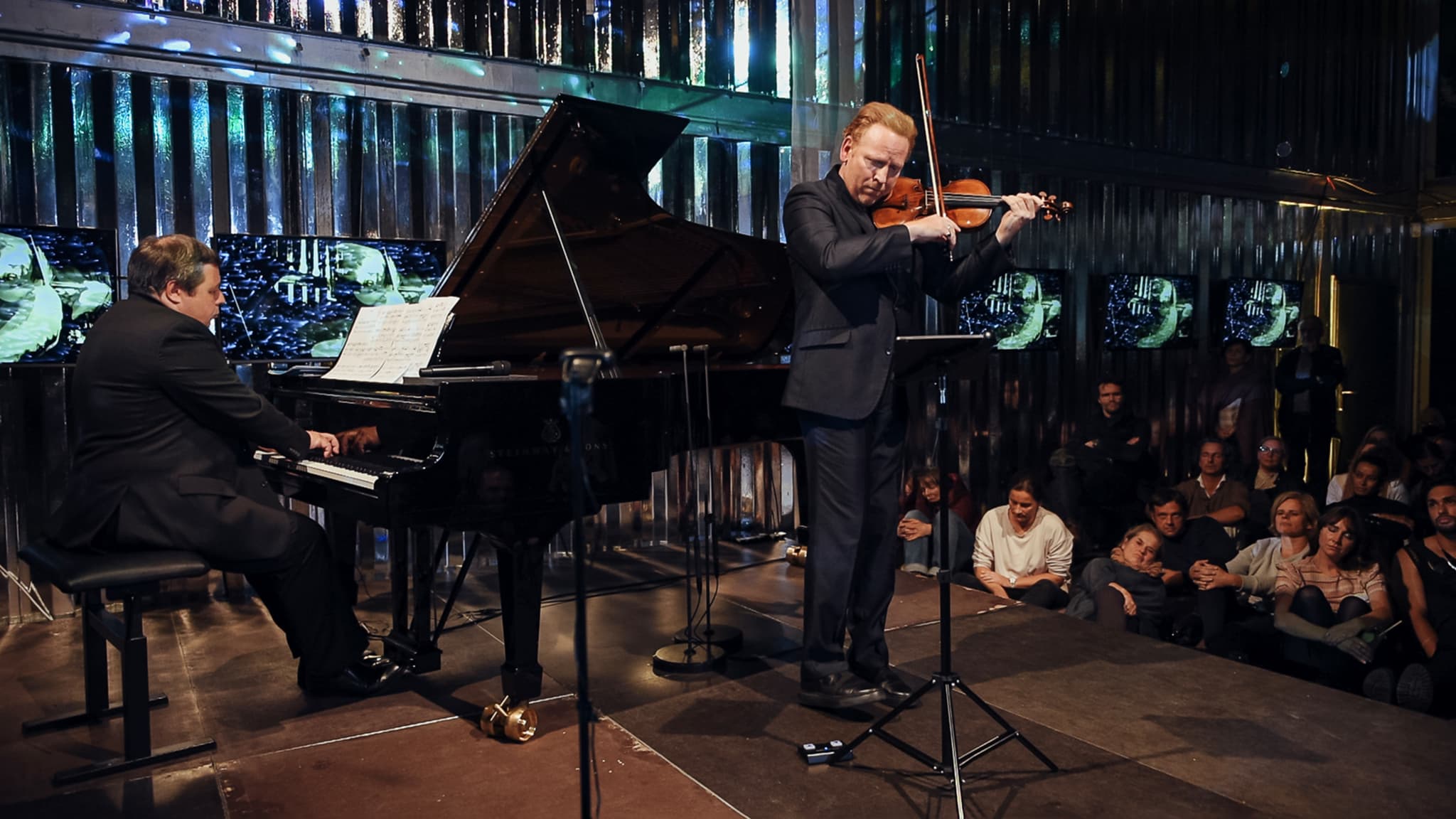Album insights
Dieterich Buxtehude, ein bedeutender Organist und Komponist des Barock, verstarb am 9. Mai 1707 in Lübeck, wo er an der Marienkirche tätig war. Über sein Geburtsjahr gibt es keine genauen Angaben, doch wird angenommen, dass er um 1637 das Licht der Welt erblickte und in Dänemark aufwuchs. Im Jahr 1668 übernahm Buxtehude die Organistenstelle an der Marienkirche von Franz Tunder, ein Amt, das ihm sowohl künstlerische Entfaltung als auch Ansehen verschaffte. Seine innovative Tätigkeit prägte die norddeutsche Orgeltradition weit über das 18. Jahrhundert hinaus.
Buxtehude übte großen Einfluss auf die Musiklandschaft seiner Zeit aus, was daran erkennbar ist, dass bekannte Komponisten wie Johann Sebastian Bach und Händel nach Lübeck reisten, um sein Orgelspiel zu erleben. Dies unterstreicht seine hohe Wertschätzung in Fachkreisen.
Obwohl seine Orgelkompositionen bereits rund 300 Jahre alt sind, zeichnen sie sich durch eine fortschrittliche Musiksprache aus. Die Improvisation spielte zu Buxtehudes Zeiten eine zentrale Rolle und verlieh der Orgelmusik Spontaneität und Individualität. Seine Werke wurden erst nach seinem Tod veröffentlicht, während heute das präzise Spiel nach Noten und die sorgfältige Interpretation historischer Stücke im Vordergrund stehen.
Buxtehude teilte seine Orgelwerke in freie Formen wie Präludien und gebundene Stücke, die auf bestehenden Melodien basieren. Zu seinen wichtigen Kompositionen zählen das Präludium in d-Moll, Choralvariationen über „Danket dem Herren“, die Canzonetta in G-Dur und das Präludium in g-Moll. Diese Vielfalt zeigte die außergewöhnliche Begabung und das breite kreative Spektrum Buxtehudes.
Seine Meisterschaft im Umgang mit Choralmelodien und gregorianischem Gesang wird in Stücken wie dem Choralpräludium über „Herr Jesu Christ, ich weiss gar wohl“ und der Choralfantasia über „Magnificat primi toni“ deutlich. Auch festliche Werke wie das Choralpräludium zu „Gelobet seist du, Jesu Christ“ und zu „Puer natus in Bethlehem“ beeindrucken durch klangliche Tiefe und Ausdruckskraft.
Das künstlerische Vermächtnis Buxtehudes umfasst eine große Bandbreite an Stilrichtungen und Themen und inspiriert Musiker und Zuhörer bis heute. Sein entscheidender Beitrag zur Entwicklung der Orgelmusik bleibt unvergessen.



